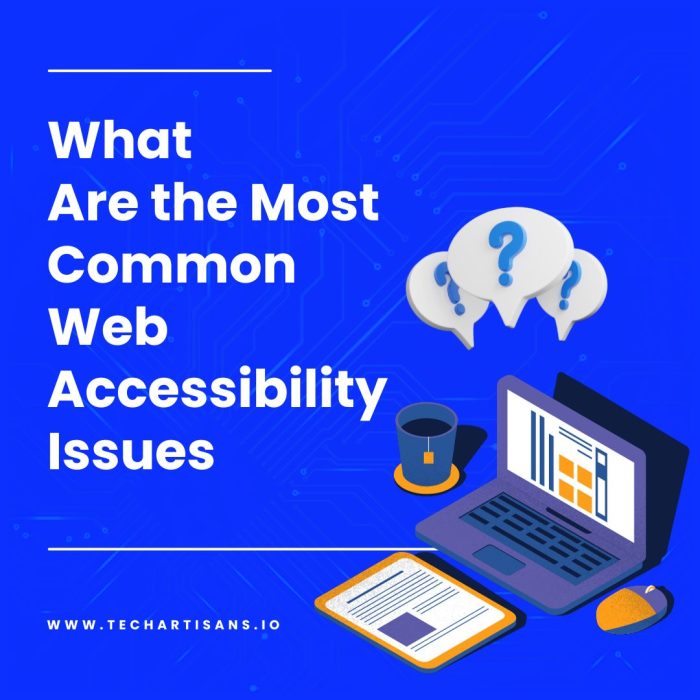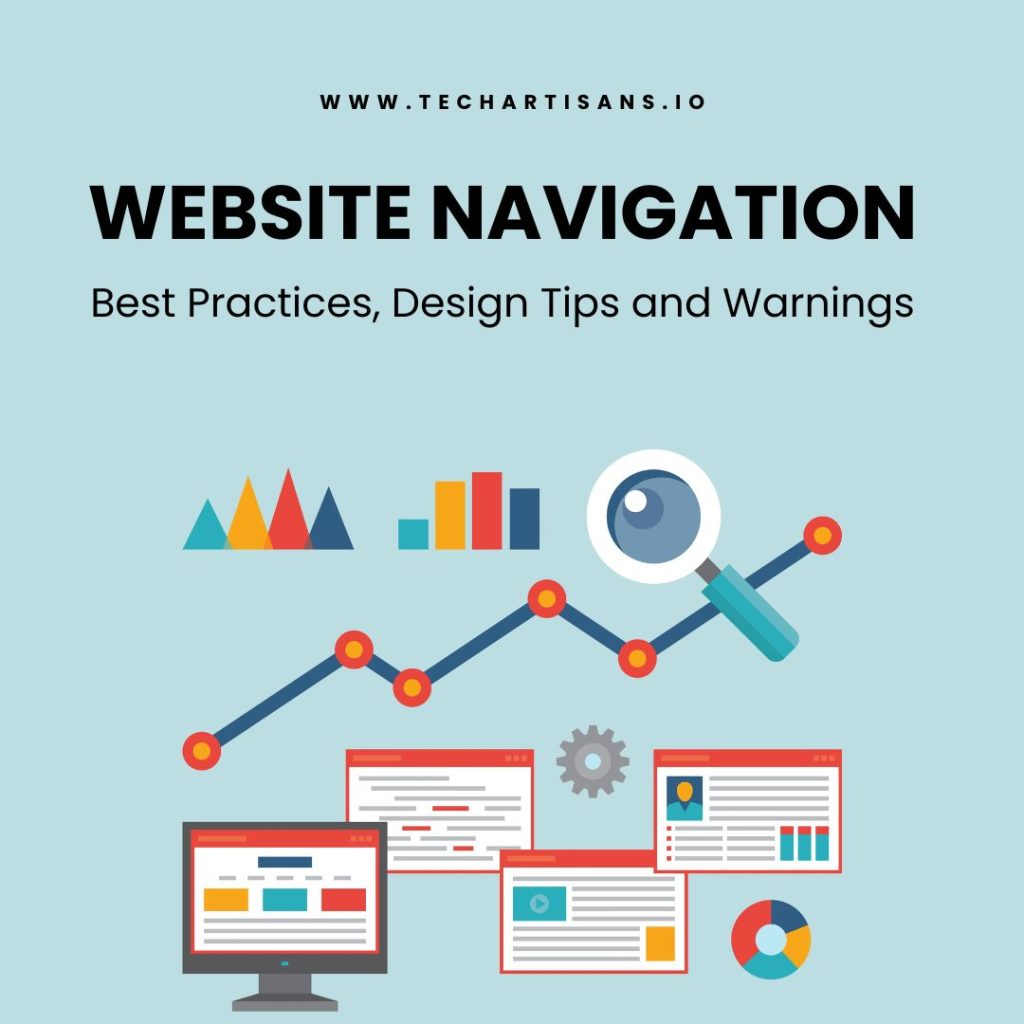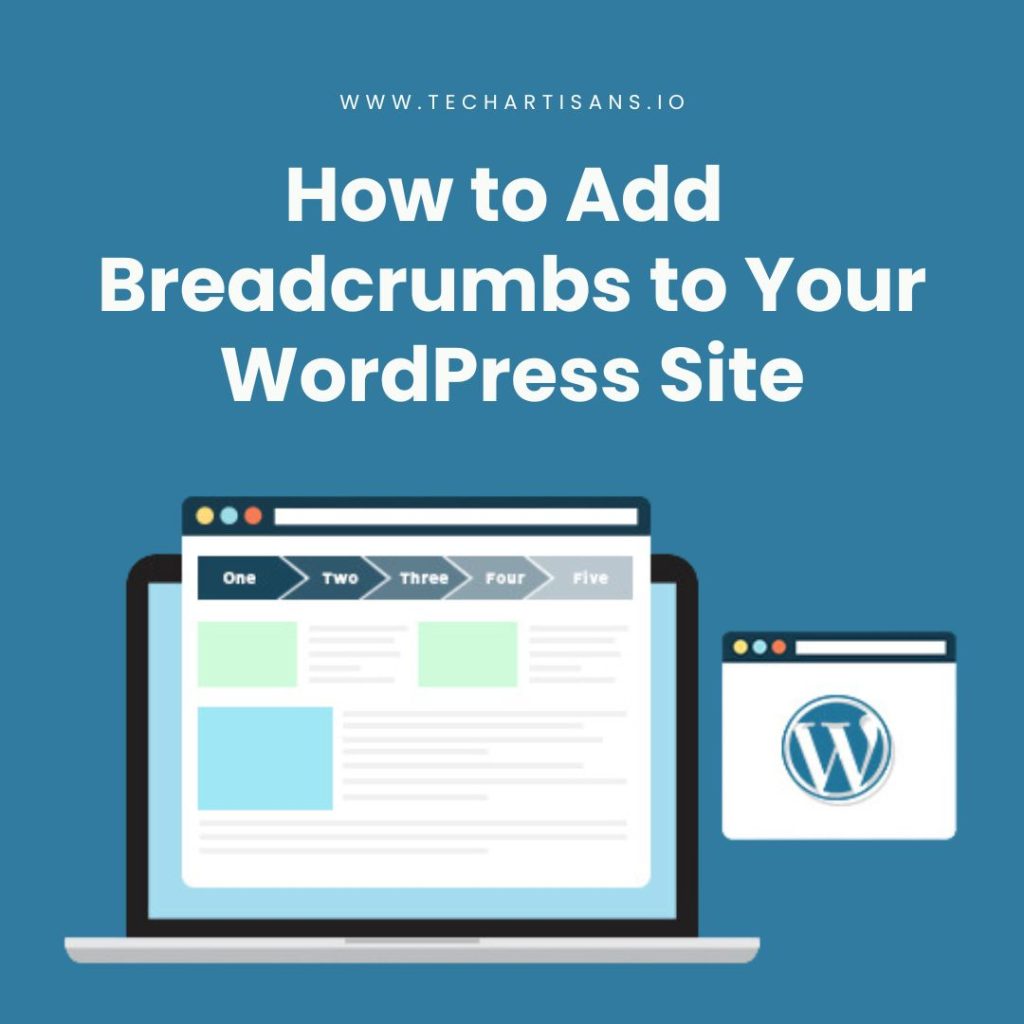Web accessibility refers to the inclusive practice of making websites usable for people of all abilities and disabilities. The importance lies in its ability to provide equal access and opportunity to people with diverse abilities. This may include those affected by visual, auditory, cognitive, and motor disabilities. The digital realm should not be a place of exclusion but a space where everyone can participate fully. As such, web accessibility issues should be a top priority for all business owners who aim to provide a user-friendly online experience for all customers. In this blog, we will delve into some of the most common web accessibility challenges. So, let’s start!
Most Common Web Accessibility Issues
Understanding the common web accessibility issues is the first step to creating a website everyone can use. Let’s delve into the most prevalent challenges that could hamper the user experience for differently-abled visitors on your website.
Inaccurate Alt Text for Images
Alt text, short for “alternative text,” is pivotal in web accessibility. However, one common issue is inaccurate or unhelpful alt text, leading to a disjointed and confusing user experience. Creating effective alt text involves briefly describing the content and function of the image. It should convey the necessary information without being overly descriptive.
Poor Color Contrast
Inadequate color contrast can affect readability, especially for users with vision impairments. High contrast enhances the user experience. Online tools like WebAIM’s Color Contrast Checker and the ColorZilla browser extension can help you assess and adjust color contrast according to WCAG standards, ensuring better website accessibility.
Incorrect HTML Heading Structure
Incorrect HTML heading structure is another common web accessibility issue. Headings serve as signposts that guide visitors through your content and are especially useful for those using screen readers. Using or skipping heading levels can make navigation easier and clearer for these users.
Vague or Missing Link Text
Vague or missing link text is a frequent web accessibility issue. Link text should be descriptive, clearly indicating the destination it leads to or the action it performs. This aids in navigation, especially for screen reader users, who often navigate through links out of context. Link text like “click here” or “learn more” without context can be confusing.
Non-User-Friendly Forms
Non-user-friendly forms are a common web accessibility challenge. Issues often arise from missing field labels, poor visual indicators, or a lack of error messages, which make forms difficult to navigate for users with disabilities. These issues can result in a frustrating experience for users and deter them from completing the form. To make your forms more accessible, begin by properly labeling all fields.
Ineffective Accessibility Overlays
Ineffective accessibility overlays are a common pitfall in web accessibility issues. Overlays, in theory, are tools aimed at improving accessibility quickly. However, they often need to catch up, leading to poor user experience. The primary issue is that they cannot adequately address complex accessibility issues and often miss context-specific requirements.
Uneven Spacing Between Words
Uneven spacing between words can confuse or slow the reading process, especially for users with dyslexia or visual impairments. Too much space can make words appear disconnected, while too little space can make it seem like a single, long word. To ensure proper spacing, choose fonts designed for accessibility and use style sheets to control spacing.
Failure to Use ARIA Labels
The failure to use ARIA labels is a prevalent web accessibility issue. ARIA (Accessible Rich Internet Applications) labels provide additional descriptions for elements not conveyed in the text, enhancing navigation for screen reader users. Proper implementation involves adding the `aria-label` attribute to the HTML element needing description.
Tools and Resources for Addressing Accessibility Issues
Naturally, overcoming web accessibility issues may seem daunting, especially with the challenges you might face. However, a wide variety of tools and resources available today can significantly simplify this process, helping you create websites that cater to all users. Let’s delve into the most effective ones.
Accessibility Tools: Identification and Fixes
WAVE and AChecker are valuable tools for identifying and addressing web accessibility issues. They provide visual feedback and check accessibility standards, ensuring an inclusive web experience.
Resources for Further Learning and Assistance
WebAIM and W3C’s Web Accessibility Initiative (WAI) are rich sources of guidance and resources for web accessibility standards and practices. Using these platforms can enhance your expertise in web accessibility.
Benefits of an Accessible Website
Maintaining an accessible website is not just a moral or legal obligation; it also carries a host of tangible benefits that can substantially impact your business positively. Let’s delve into the key advantages that an accessible web presence can offer.
How Accessibility Can Expand Customer Base
Web accessibility expands your customer base by reaching individuals with disabilities, who comprise a significant portion of the global population. Embracing accessibility is crucial for inclusivity and can lead to greater reach and revenue.
Positive Impact on Brand Image and SEO
Embracing web accessibility can drastically improve your brand image, presenting your business as inclusive and customer-centric. Furthermore, many web accessibility practices overlap with SEO strategies, such as semantic HTML, improving site structure and alternative image text, and enhancing search engine indexing.
Legal Implications of Web Accessibility
Failing to address web accessibility issues doesn’t just inhibit potential users from engaging with your content; it can also have significant legal implications. Let’s delve into this critical aspect of web accessibility and understand how neglecting it can lead to legal consequences.
Legal Requirements for Web Accessibility
Web accessibility is legally mandated in the US under the ADA and Section 508 and in Europe by the Web Accessibility Directive for public sector bodies. Non-compliance can result in legal consequences, emphasizing the need for universal website accessibility.
Non-Compliance Risks and Lawsuits
Non-compliance with web accessibility laws can lead to severe consequences, such as the risk of facing costly lawsuits. Businesses may be sued for discrimination against disabled individuals if their websites are inaccessible. Such lawsuits can tarnish a company’s reputation, and the financial repercussions can be substantial, potentially jeopardizing the business’s viability.
Conclusion
Addressing web accessibility issues is vital for businesses. Tools like WAVE, AChecker, and resources like WebAIM and W3C’s WAI can help. It expands your customer base, enhances your brand, and improves SEO. Prioritizing web accessibility is a smart business strategy. Embrace it today for transformative benefits.







